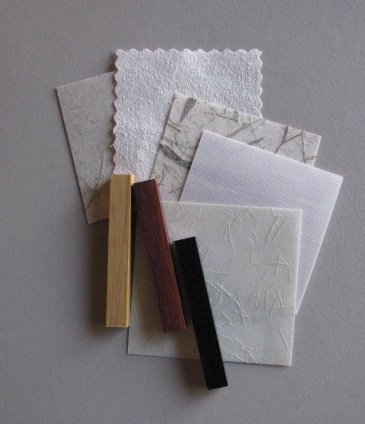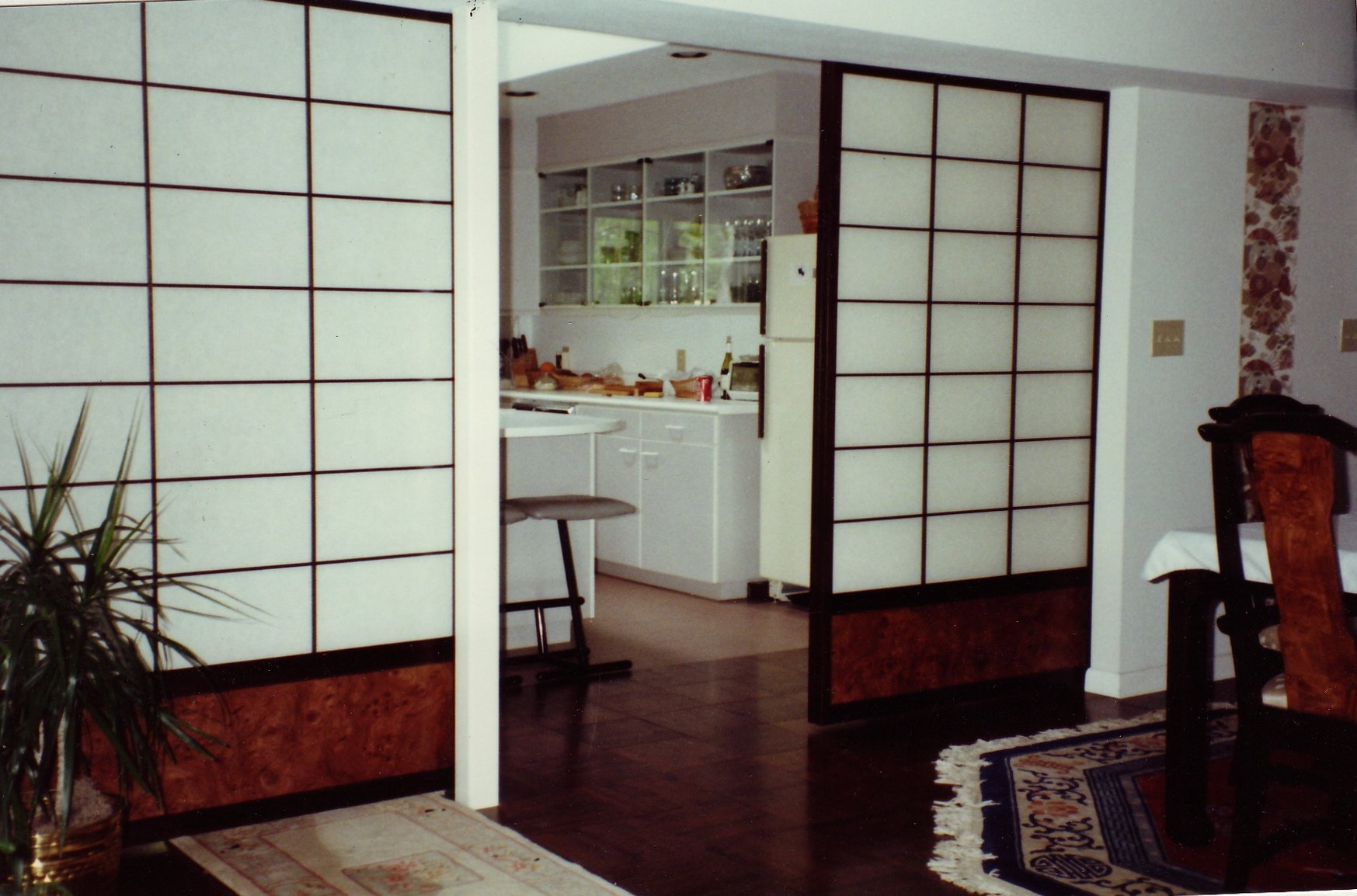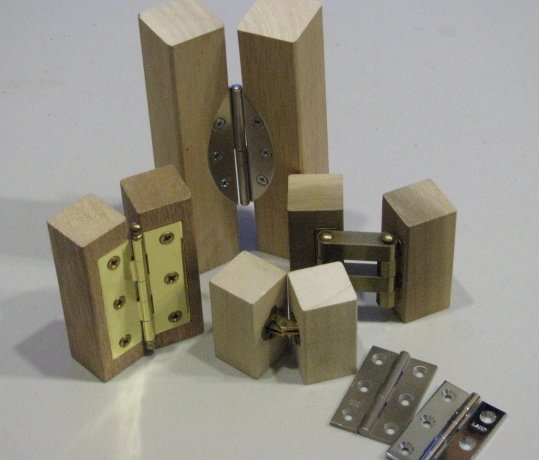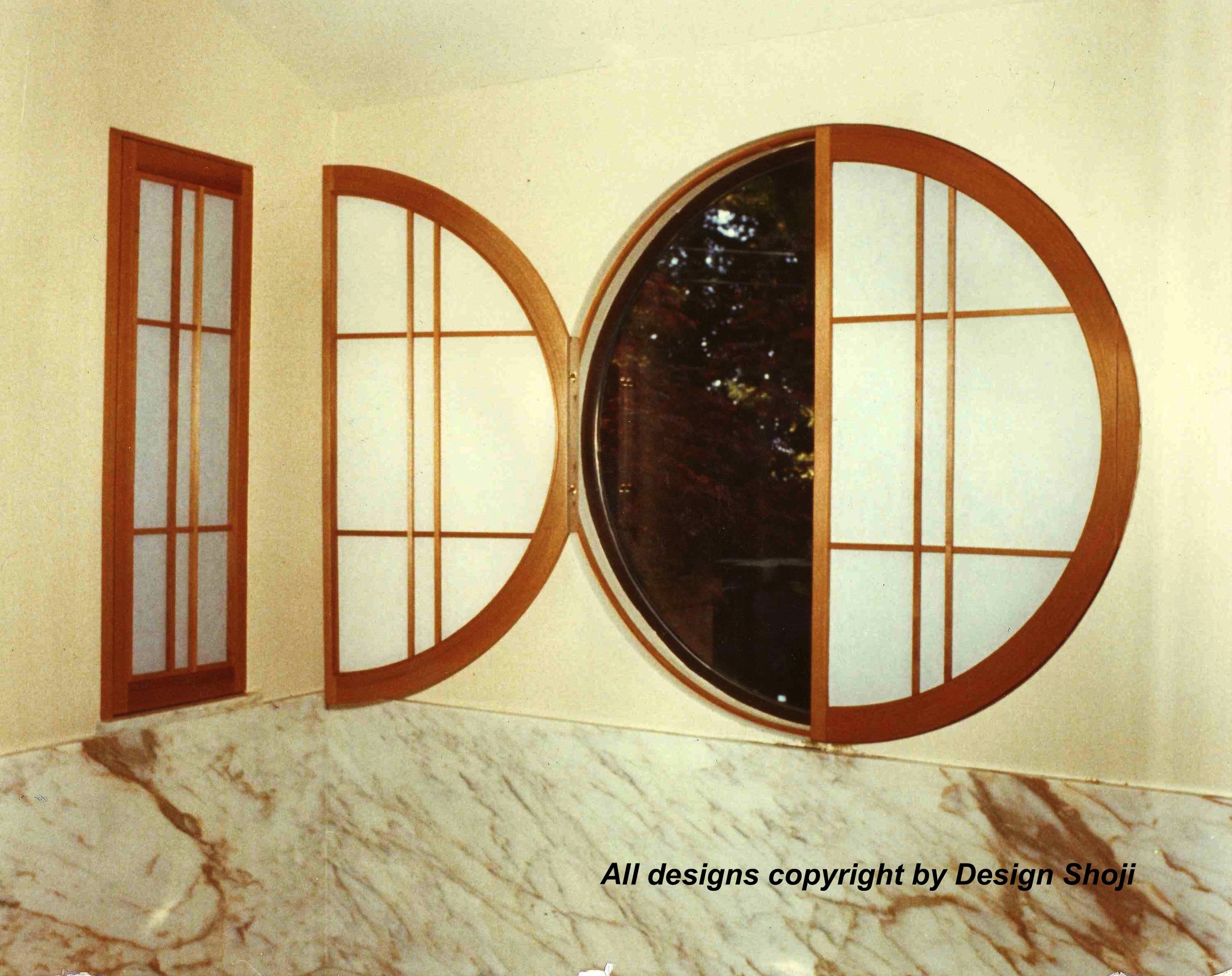
Bringing 43 Years of Shoji Experience to Project Consulting
With over 40 years of craftsmanship behind us, we’re excited to now offer project consulting services for designing unique custom screens for your space.
Our passion for shoji remains as strong as ever; whether you’re a homeowner, designer, or builder, we’ll bring thoughtful attention to every detail to help you get the functionality you need paired to the aesthetic you imagine.

No verticals in the grid...?
Although shoji are typically lightweight translucent doors with an inner interwoven horizontal and vertical grids unit, this project required a sliding panel with no verticals. As a result…

What makes a perfect shoji door?
At Design Shoji, we turn your “perfect shoji” ideas into reality. Sometimes that may be a traditional-looking shoji panel. Or, it may be an intricate open gridwork door. Or perhaps a wall of mirrors to visually expand the space and brighten the room? You will find all sorts of opinions about what makes a great shoji door; we’d love to hear yours!

Why don’t you have more ordering specifications online?
Specifying your unique custom door is a process between woodworker and client to get all the details right on the front end.

Will shoji look good with . . ?
People often ask us if shoji will look good in their home. Our answer? “Yes!” Shoji will enhance any setting with their graceful lines and timeless appeal. Just as no two shoji that we make are ever alike, the interiors they go in are also equally as unique. Bold colors, archways, antiques — don’t be afraid to mix shoji in!

To batik or not to batik?
The hand-dyed colors become more brilliant when backlit, complementing the natural translucence of a shoji screen. Although hand-applied batiks are highly labor intensive, this “stained glass” effect cannot be replicated with surface painted or printed patterns. We like how using custom batik inserts enhances the light, airy ambience shoji are noted for.

Installing Design Shoji panels
Video of a recent shoji screen installation by Brian

Extra-wide shoji panel with exposed track
We’ll admit it. We love the simplicity and elegance of great design.
Creative solutions inspire us at Design Shoji, and this seemingly simple project by architect David Leubkeman, AIA is a great example.
David designed an extra-wide shoji panel to create an elegant backdrop for this office, while concealing a small doorway behind it. Custom stainless steel exposed track gives this installation an understated elegance and makes this interior feel very special.

Wood – to finish or not to finish?
Our preference is still for clear, hand-rubbed finishes that bring out the natural beauty of the wood. We just like how this finish feels; you touch a shoji screen often, and we like the warmth of hand-rubbed finishes.
But don’t be shy if you have something else in mind. Finishing is a critical element of how we work to customize your shoji doors here at Design Shoji.

Disappearing shoji doors (tracks and all)
Even after all these years, there we were, standing at the job site thinking, “How are we going to do that?”

Jewelry for wood
After our last blog about invisible hardware, we couldn’t resist a paragraph about “jewelry for wood”. We have a weakness for beautiful hinges and hardware. When appropriate, we like to incorporate them into a project for a hidden surprise as you move your shoji. Here’s a small sampling of some “hidden gems.”

Great “oopses” in Design Shoji history
Ahhh, yes, great moments in our custom shoji business . . .

Our best work you’ll never see
One of the strangest parts of our job is that if we do it right, chances are, you won’t notice it. In Japanese woodworking, the “star” is the joinery and how it accentuates the natural beauty of the wood.
